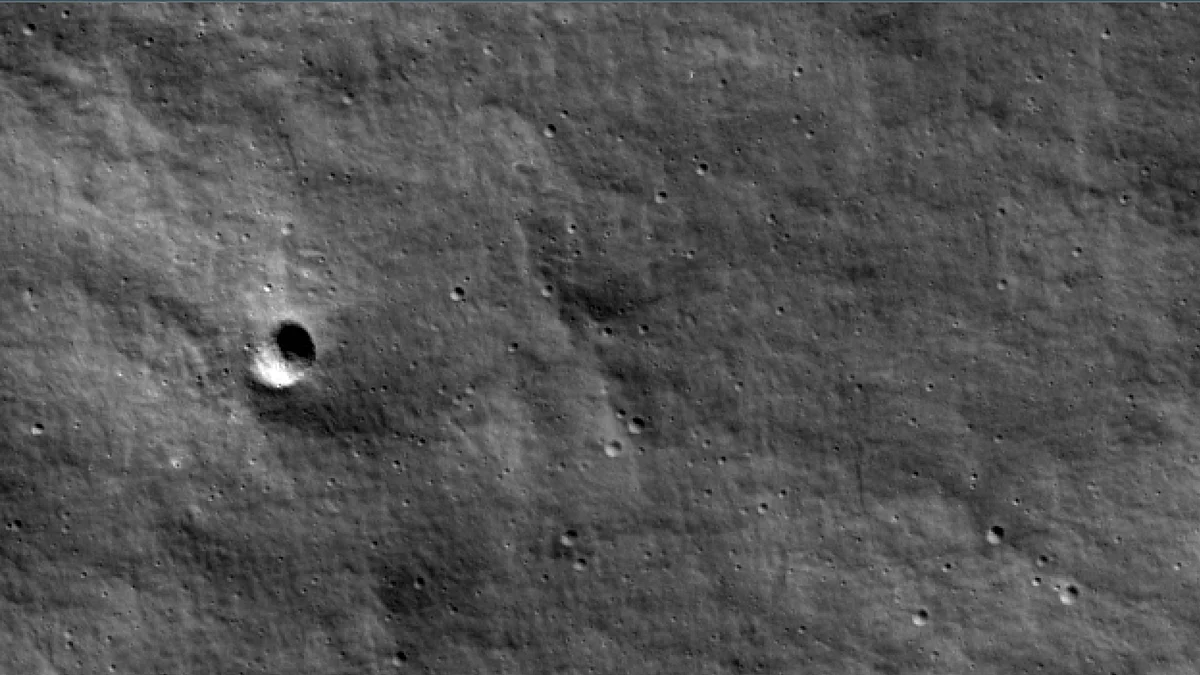Japan space agency spacecraft lands on the moon
Japan's space agency says its "moon sniper" landed on the lunar surface. It is now the fifth country to put a spacecraft on the moon

The Japan Aerospace Exploration Agency (JAXA) on Friday said its Smart Lander for Investigating the Moon (SLIM) has landed on the lunar surface, but the spacecraft was not generating solar power.
SLIM, also known as the "moon sniper," was attempting an unprecedented "pinpoint" landing — within 100 metres (about 330 feet) of its target compared with a conventional accuracy of several kilometers.
Solar cells 'not generating power'
"Communication has been established since landing," JAXA said, but added that "the solar cells are not generating power."
Rovers were launched and data were being transmitted back to Earth according to the agency.
"SLIM is now operating only on its battery, and we are prioritizing the transfer of its data onto earth", Hitoshi Kuninaka, the head of JAXA's space lab said.
The SLIM, equipped with a pad that cushions impact, landed near the Shioli crater, close to an area covered in volcanic rock. The probe was launched in early September.
The 20-minute descent began at 1500 GMT/UTC on Friday. The powered descent from its 15-kilometer (about 9.3-mile) included a short phase of ascent before dropping close to the moon. It was followed by a fully vertical descent from 7 kilometers. During the descent, the craft scanned the potential landing site for rocks and boulders that might have jeopardized a smooth touchdown.
Japan became only the fifth country to achieve a soft landing, after the United States, the Soviet Union, China, and India.
What's so special about the landing?
JAXA said the craft's landing technology could allow moon missions to land "where we want to, rather than where it is easy to land." SLIM could be a powerful tool for the future exploration of the hilly poles of the moon. Those areas are potential source of resources necessary to sustain life — water, oxygen, and possible fuel.
It will take up to a month to verify whether SLIM had achieved the high-precision goals, JAXA has said.
Several lunar landing attempts by Japan have failed, including last year when it sent a probe called Omotenashi as part of the US Artemis program.
Omotenashi would have been the world's smallest moon lander, but it lost contact.
In April, a Japanese start-up called ispace failed in an ambitious attempt to become the first private company to land on the moon.
India's historic touchdown came in August when its Chandrayaan-3 probe landed on the moon's south pole. The country has announced plans to set up a space station by 2040.
Also Read: Japan launches 'moon sniper' lunar mission
Follow us on: Facebook, Twitter, Google News, Instagram
Join our official telegram channel (@nationalherald) and stay updated with the latest headlines
Published: 20 Jan 2024, 10:12 AM
